Special Sessions & Workshops
Special Sessions | Workshops | Program Overview | Scientific Program
| Session Code | Session Title | |
| Special Sessions | ||
| SS03 | Science Driven E-infrastructures and Data Management in Support of Geosciences Research | Details |
| SS07 | Cascading hazards | Details |
| SS08 | Interdisciplinary suduction zone research initiatives | Details |
| SS09 | Volcanoes: Nature, Influence, Impact | Details |
| Workshops | ||
| SS10 | International Land Model Benchmarking (ilamb) Package Tutorial | Details |
| SS12 | Earth Girl Volcano | Details |
Special Sessions
SS03 - Science Driven E-infrastructures and Data Management in Support of Geosciences Research
| |||||
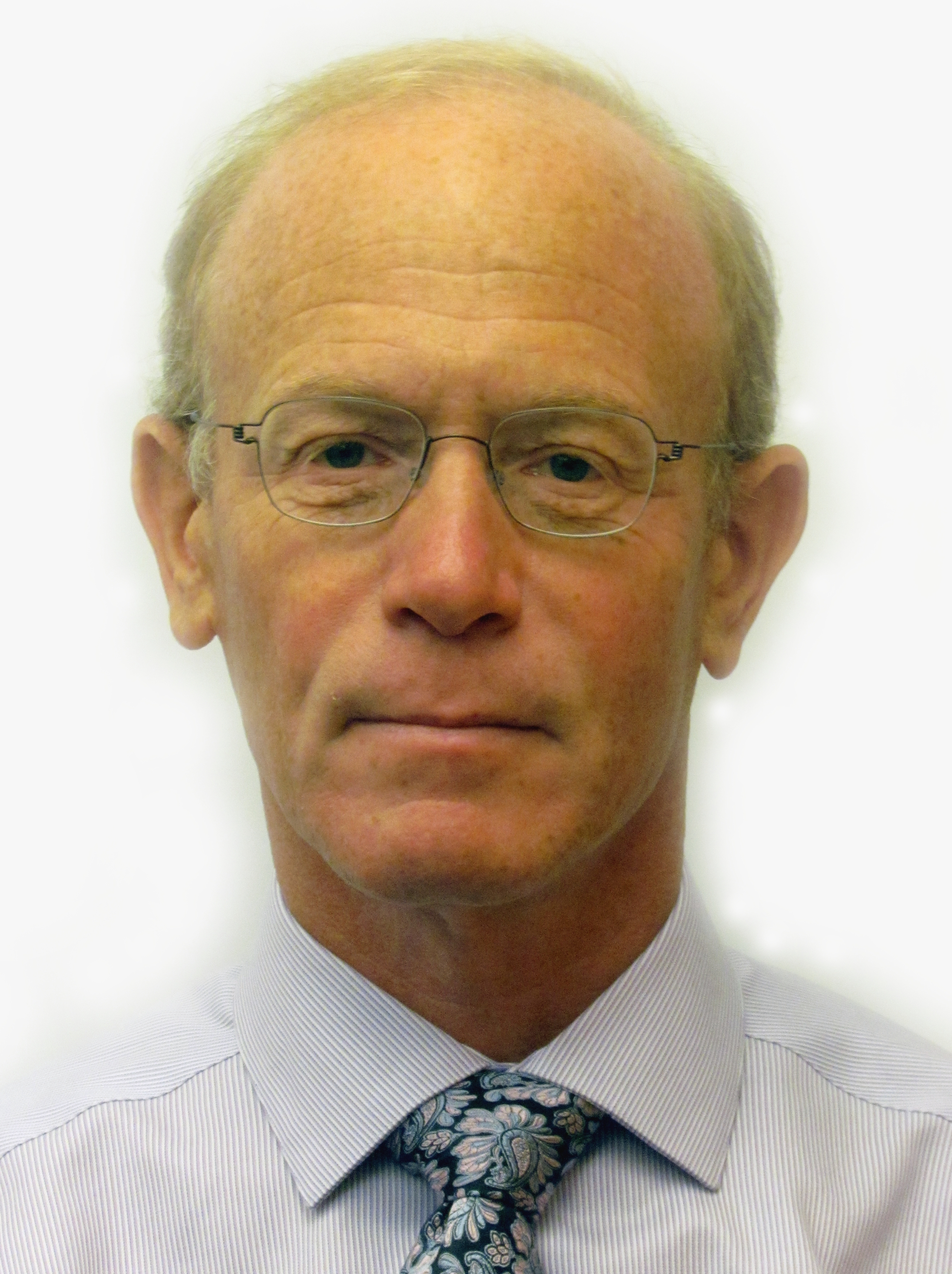 |
"The Belmont Forum E-infrastructure and Data Management Project"
Robert SAMORS |
||||
 |
"Science-driven E-infrastructure Innovation for Enabling Transnational Data Use in Interdisciplinary and Transdisciplinary Environmental Change Research: a New Belmont Forum Funding Collaborative Research Action." Institut de Physique du Globe de Paris |
||||
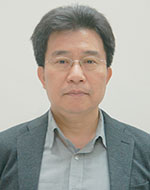 |
"Taiwan Earthquake Research Data Center (TECDC)"
Wen-Tzong LIANG |
||||
 |
"Taiwan Climate Change Information and Knowledge Service Platform"
Chao-Tzuen CHENG |
||||
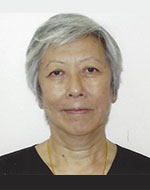 |
"Potential of Conservation Agriculture Production Systems (caps) as Climate Smart Technology for Food Security Under Rainfed Uplands of India: a Transdisciplinary Approach"
Catherine CHAN |
||||
SS09 - Volcanoes: Nature, Influence, Impact
| |||||
 |
"What Life in Volcanic Environments Tells Us About the Emergence of Life and Life Elsewhere"
Mitchell SCHULTE |
||||
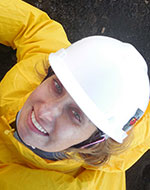 |
"Lava Lakes in the Solar System"
Rosaly LOPES |
||||
 |
"The Role of the Ocean in Modulating the Dynamics of Silicic Submarine Volcanic Eruptions" University of Tasmania |
||||
 |
"Dynamics of Water-volcano Interactions"
Steve INGEBRITSEN |
||||
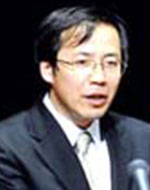 |
"Volcanic Hazards: Improving the Science and Communication to the Public"
Setsuya NAKADA |
||||
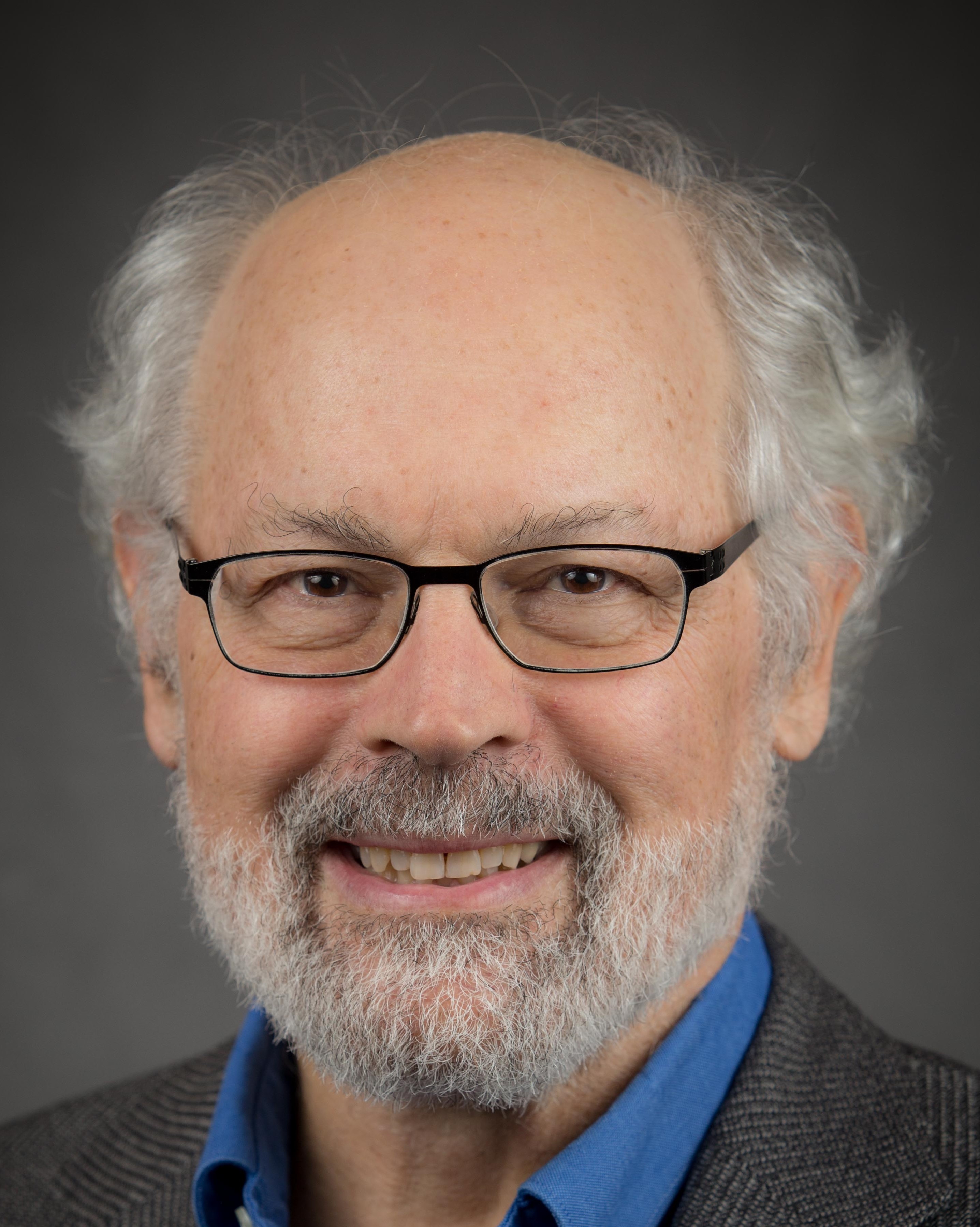 |
"Are Climate Scientists Ready to Observe and Model the Next Big Volcanic Eruption?"
Alan ROBOCK |
||||
SS08 - Interdisciplinary suduction zone research initiatives
| |||||
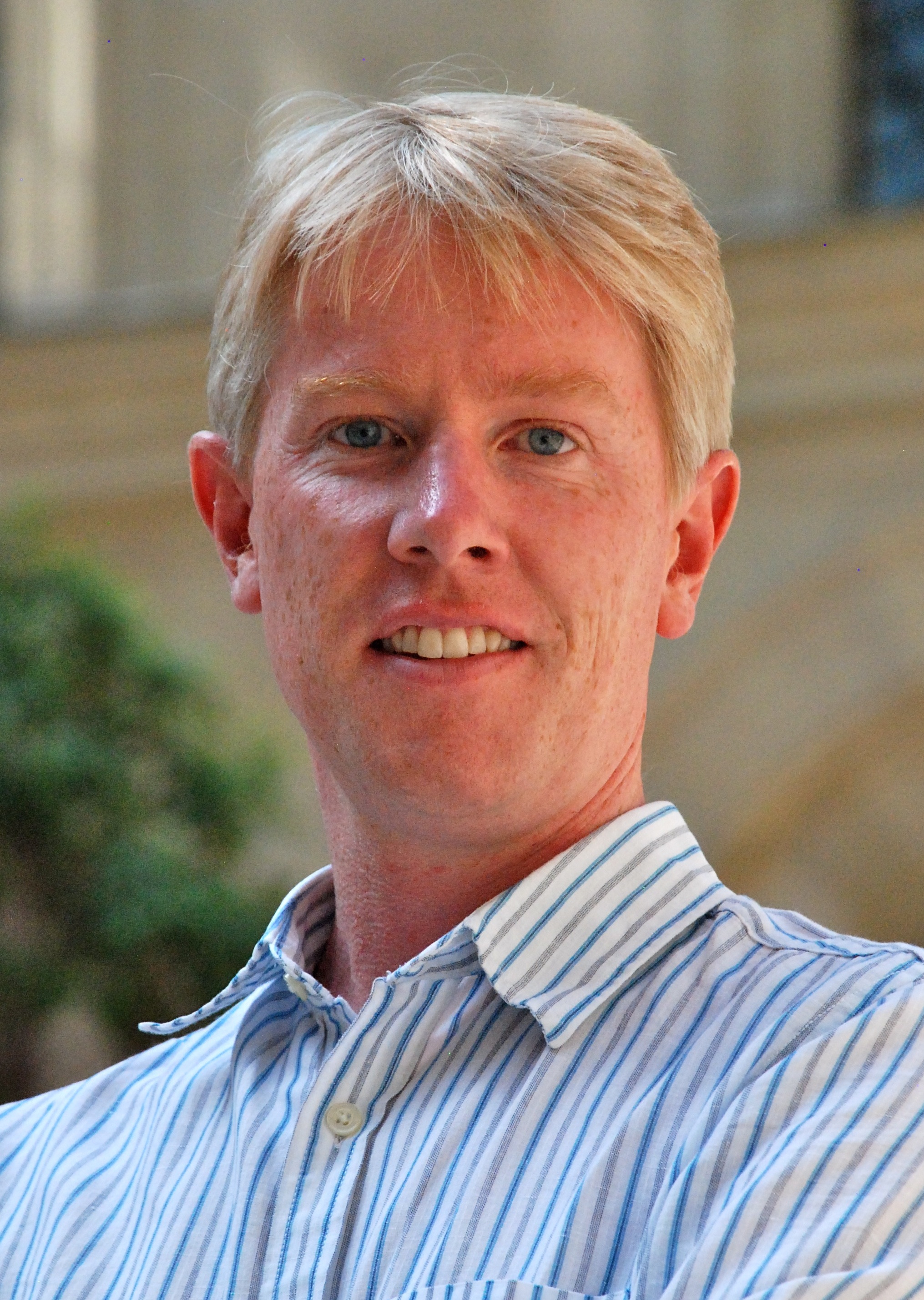 |
"Geophysical Observational Systems for Science and Hazard Reduction"
Richard M. ALLEN |
||||
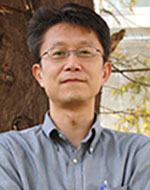 |
"Monitoring, Imaging and Modeling Subduction Zones to Mitigate Subduction Zone Geohazards" Japan Agency for Marine-Earth Science and Technology |
||||
 |
"Subduction Zone Observatory Initiatives and Opportunities in New Zealand"
Nicola LITCHFIELD |
||||
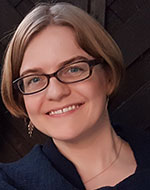 |
"Very Long Term Variability in Interseismic Deformation: A Case Study from the Sumatran Subduction Zone"
Emma HILL |
||||
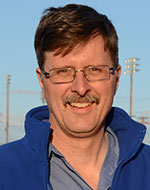 |
"Gnss Applications to Monitor, Measure and Study Subduction Zone Earthquakes and Their Resulting Tsunamis"
Jeff FREYMUELLER |
||||
 |
"Tsunami Early Warning - Interdisciplinary Collaboration to Save Lives"
Laura KONG |
||||
SS07 - Cascading hazards
| |||||
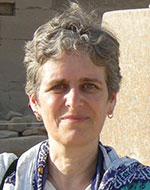 |
"The 2015 Mw7.8 Gorkha, Nepal, Earthquake: Destruction and Creation" US Geological Survey |
||||
 |
"Cascading Hazards: Triggering Relations Between Wet Tropical Cyclones, Landslides, and Earthquakes"
Shimon WDOWINSKI |
||||
 |
"Development of an Incorporated Platform to Characterize Hydrology-Driven Landslide Hazards in Northwestern US"
Zhong LU |
||||
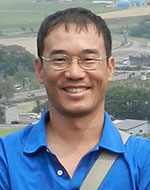 |
"Cascading Hazards Along Tropical Orogenic Belts" National Taiwan University |
||||
 |
"Keeping an Eye on What Happens Next"
David BORGES |
||||
| WS 2: SS12 - Earth Girl Volcano Wed-06 Jun | 11AM - 12.30PM | L3, Room 325A Free of Charge to AOGS2018 Attendees on a First-Come-First-Served Basis
|
||||
| Earth Girl Volcano is a tablet and computer interactive game that simulates a variety of volcanic hazard scenarios at different levels of expertise. This casual strategy game offers players the a variety of strategies and tools to prepare for scenarios that are based on real-life examples. Players can learn about the local knowledge and the past volcanic activity by chatting with the villagers at the market. Earth Girl Volcano presents a variety of single and combined hazards including gas emission, ash fall, rock fall, mudflows and burning clouds (PDCs). The game was developed an interdisciplinary group composed of scientists, game experts, animators and software developers at the Earth Observatory of Singapore. The game represents the cutting edge in games that are engaging and also communicate the science behind the gameplay.
Participants in this workshop will learn how to use this interactive game as a tool for learning and explaining volcanic hazard and risk mitigation. The presenters will demonstrate many of the game scenarios played at different levels of difficulty. Participants will receive a free standalone version of the game to try out and master during the workshop some of the preparedness and evacuation strategies to achieve the goal of zero-casualties. Participants will also learn about some of the design and software development strategies used to translate volcanic hazard complexity into an interactive game of preparedness and risk mitigation. The Earth Girl Volcano game was tested with a mainstream and specialized audiences, and is being launched in 2018 as a free app for Android and iOS tablets as well as Windows and iOs computers. The game will eventually be available in the languages most spoken throughout the Ring of Fire, including English, Indonesian, Tagalog, Japanese and Spanish. Earth Girl Volcano follows in the footsteps of Earth Girl Tsunami, a game already released in eight languages that received over 35,000 Facebook Likes during its initial launch. |
||||
 |
Isaac KERLOW Nanyang Technological University Speaker Biography |
|||
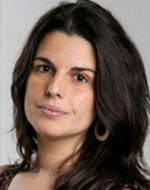 |
Helena ALBERT Nanyang Technological University Speaker Biography |
|||
| WS 3: SS10 - International Land Model Benchmarking (ilamb) Package Tutorial Thu-07 Jun | 4 – 6 PM | L3, Room 304B Free of Charge to AOGS2018 Attendees on a First-Come-First-Served Basis Participants should bring their own laptops for either installing the software on their Python-enabled systems (with netcdf4, numpy, and basemap modules) or for accessing a server, where a login account will be provided for the tutorial. Knowledge of Python, netCDF files, and the Climate & Forecast convention is useful, but not required.
|
||||
| To advance understanding of biogeochemical processes and their interactions with hydrology and the Earth system under changing environmental conditions, new methods are being developed that use observations to constrain model predictions, inform model development, and identify needed measurements and field experiments. The International Land Model Benchmarking (ILAMB) package embodies those methods to provide quick and easy model–data comparison capabilities for multiple Earth system models (ESMs).
The ILAMBv2.2 Package assesses model fidelity on 25 variables in four categories from about 50 data sets; produces graphical global-, regional- and site-level diagnostics; and provides a hierarchical scoring system based on model performance for the annual mean, bias, relative bias, root-mean-square error (RMSE), seasonal cycle phase, spatial distribution, interannual variability, and variable-to-variable comparisons (functional benchmarks). ILAMB is designed for use by individual modelers or model developers for verification and rapid model development cycles, by modeling centers to track the evolution of model performance, and by model intercomparison projects for multi-model analysis. ILAMB is being integrated into the workflow systems at multiple major modeling centers and are being extended for use in high-latitude and hydrology studies. The package is also expected to provide a platform for engaging experimentalists in identifying model weaknesses and needed measurements and field experiments. This hand-on tutorial session will provide students, postdocs, and researchers with experience in installing, running, and extending the ILAMB pckage for assessing model performance in comparison with observations. Participants will be guided through installing the package, written in Python, and observational data on their Linux or MacOS system. Instruction will be provided for evaluating sample model output (provided) or their own model results. In-depth explanation of the software structures and classes will be provided, enabling users to develop their own custom evaluation methods or to use the framework in their own diagnostic packages. |
||||
 |
Forrest HOFFMAN Oak Ridge National Laboratory Speaker Biography |
|||
 |
Nathan COLLIER Oak Ridge National Laboratory Speaker Biography |
|||


